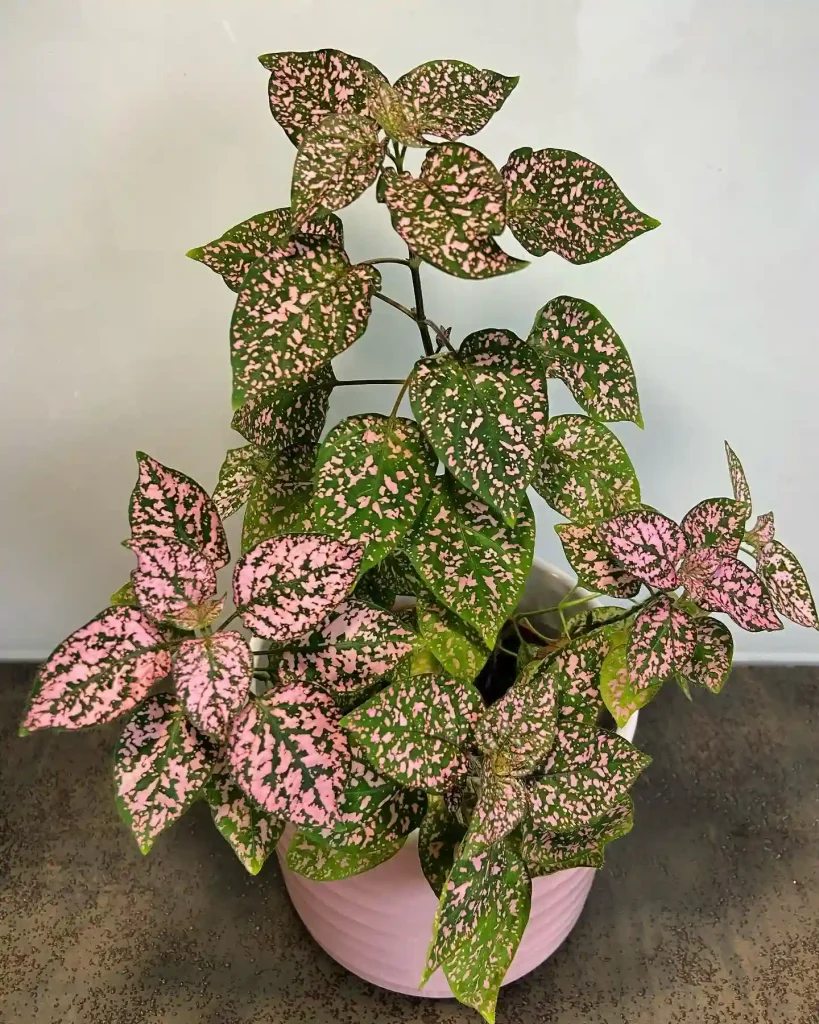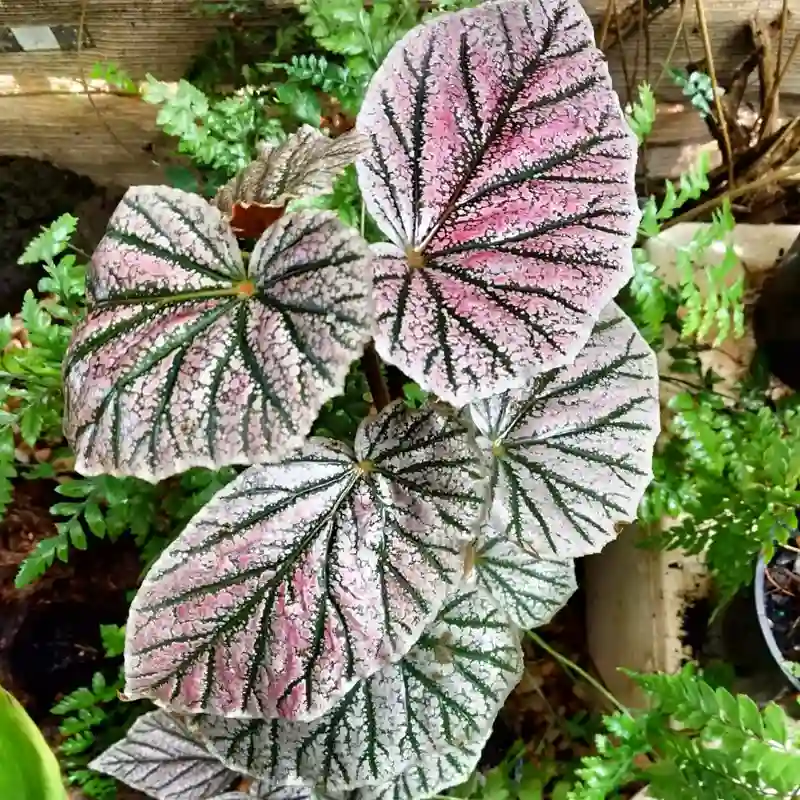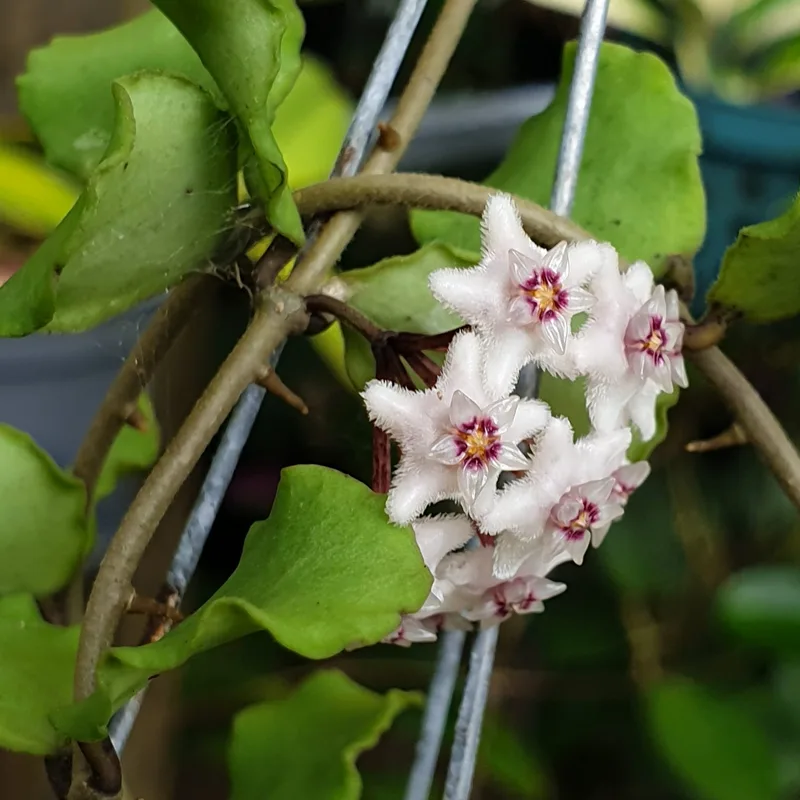
Are ferns toxic to cats?
Absolutely! Ferns have been a lifesaver in my houseplant jungle with all the curious paws around. Unlike that beautiful, but anxiety-inducing, monstera I had to give away, ferns seem to leave my feline friend completely unfazed. Sometimes I spot him batting at a frond or sniffing intently, but I haven’t noticed any ill effects and it gives the place a lovely tropical feel. Win-win!
Do deer eat ferns?
Honestly, I wish I could say ferns were a surefire deer-proofing solution for my garden, but the truth is, those guys will eat anything if they’re hungry enough! While ferns aren’t exactly a favorite on their menu, I’ve definitely seen signs of nibbling on the edges of mine, especially in the winter when options were scarce. They don’t tend to devour everything the way they do with my poor hostas, but it’s a reminder that no plant is entirely deer-proof.
Are ferns edible?
I wouldn’t call myself a fern foraging expert, but I do love trying new and unusual foods. A friend introduced me to fiddlehead ferns a few years back – those tightly coiled young fern fronds. They have an interesting earthy, almost asparagus-like flavor when cooked properly. It’s definitely a unique experience! I’ve heard of other edible varieties too, but it’s really important to do your research. Some ferns can be toxic, so always know exactly what you’re working with and how to prepare it safely.
How often do you water ferns?
I keep a pretty close eye on my ferns since watering them seems to be where things can go wrong quickly. Instead of a strict schedule, I always just touch the top of the soil. If it feels dry, it’s time for a drink, but if it’s still a little damp, I’ll give it another day or two. This seems to work, because my ferns are luscious and green! The smaller ones tend to need more frequent watering, especially in the warm summer months.
Can ferns survive winter?
It really depends on the type of fern and your climate. We have long, cold winters up here, so most of my ferns wouldn’t stand a chance outdoors. Those stay happy as houseplants year-round. I do have a few native varieties in my woodland garden – they die back to the ground in the fall, but always pop back up vigorously in the spring. I leave their old, dry fronds in place all winter – they act like a natural mulch protecting the roots.
Why is my fern turning brown?
Ugh, the dreaded brown fronds! There are a few things that might be giving my fern a case of the browns. It could be underwatered – ferns love consistent moisture, not swimming pool conditions. Sticking my finger in the soil to check dryness is key. Low humidity can also be a culprit – especially in winter with the heat on. I might try misting it more or grouping it with other plants to create a little humidity haven. If none of those seem to be the issue, maybe it’s getting too much sun? Ferns prefer a shadier spot, so I might need to relocate it to a happier corner. Back to the drawing board for this plant doctor!
How to transplant ferns?
Transplanting ferns can be a breeze if you know their secrets! The key for me is minimizing root disruption. Those delicate fronds might look tough, but the roots are another story. First, I dig a nice big hole in the new spot, giving the roots plenty of room to spread out. Then, I gently loosen the soil around the fern I’m moving, trying to get as much of the root ball as possible. Lifting it from the base, not the fronds, is super important to avoid any tears. Once it’s in the new home, I fill in the gaps with fresh potting mix and water it thoroughly. Ferns love moisture, so I make sure the soil is nice and settled around the roots. A little layer of mulch on top helps retain moisture too. I might even cut back some of the older fronds on a larger fern to help it focus its energy on establishing itself in the new spot. With a little care, my ferns usually bounce back from transplanting beautifully!
How to repot a fern?
Repotting my ferns feels like a springtime ritual, especially when they’ve been bursting out of their old pots. First, I pick a pot just a little bigger than the old one. Going too big can cause root problems. I carefully tip my fern upside down and gently wiggle it out of its old pot – the roots can be surprisingly delicate! Once it’s out, I check the roots for any mushy or rotten bits and give them a little trim. Then, it’s into the new pot with fresh potting soil. I fill it in around the roots and gently pat it down. To finish it all off, I give my fern a really good drink to settle everything in and help it recover from the shock of the move.
What do ferns symbolize?
Ferns fascinate me because they carry such rich symbolism across different cultures. In many places, they represent new beginnings, rebirth, and resilience – that ability to thrive even in challenging conditions really speaks to me. For others, ferns symbolize youth, sincerity, and even secret bonds of love. There’s a sense of magic and mystery about them, especially with their ancient history and those delicate, unfurling fronds that always make me feel hopeful!
How much epsom salt for ferns?
Epsom salt can be a great little boost for my ferns! I usually dissolve about 2 tablespoons in a gallon of water. Then, instead of their regular watering, maybe once a month or so, I’ll give them that Epsom salt mixture. It helps the soil retain nutrients and gives them a nice dose of magnesium, which keeps their foliage that healthy, vibrant green! Just a heads up though – more Epsom salt isn’t necessarily better; it’s easy to overdo it.
How to keep birds out of ferns?
Keeping those pesky birds out of my beautiful ferns has been an ongoing struggle! My most successful trick has been hanging shiny objects like CDs or old aluminum pie plates around the ferns. The reflections seem to confuse the birds and make them think twice about landing. I even have little wind chimes nearby since the unpredictable noise keeps them wary. If all else fails, I might have to physically shield the ferns with netting, though that does take away from that lush natural look.
How to make ferns grow big?
Turning my ferns into lush, leafy giants takes a little TLC, but the results are worth it. Ferns love a spacious pot or hanging basket to stretch out their roots, so that’s the first step. Next, it’s about location and consistency! A shady spot with gentle indirect light is ideal, and they thrive on consistent moisture. I never let the soil dry out completely. And a little fertilizer during the growing season puts that extra pep in their step! Watching fronds uncurl and fan out into that full, feathery glory is so rewarding.
What eats ferns?
It seems like those delicate-looking ferns are a little tougher than I originally thought! While they aren’t a super popular menu item, there are definitely a few critters out there who will nibble on them. Deer will sometimes give them a try if other food sources are scarce, and they’re definitely on the menu for lots of insects like sawflies and certain types of moth larvae. Even those pesky slugs and snails seem to enjoy a fern snack every once in a while!
Why is my fern dying?
Seeing my once-thriving fern take a turn for the worse is always heartbreaking! The most common causes for fern decline usually come down to watering and light. First, I check the soil. If it feels super dry, underwatering could be the problem. On the flip side, mushy soil means I’m probably overwatering and the roots might be rotting. Next, I think about light exposure. Direct sunlight can scorch those delicate leaves, while too little light makes them weak and discolored. I might also check for pests – those sneaky scale insects and spider mites can wreak havoc on ferns. It’s a little detective work, but hopefully I can figure out the issue and nurse my fern back to health!
Are ferns gymnosperms?
No, ferns are not gymnosperms! That’s like mixing up dinosaurs and dolphins – both fascinating groups, but very different branches on the evolutionary tree. Ferns are actually a type of vascular plant called a pteridophyte. They don’t have flowers or seeds. Instead, they reproduce by releasing tiny spores that drift through the air and (fingers crossed) find just the right spot to grow into a new fern! Gymnosperms, on the other hand, include plants like conifers that produce seeds in cones.
If i die, water my plants!



